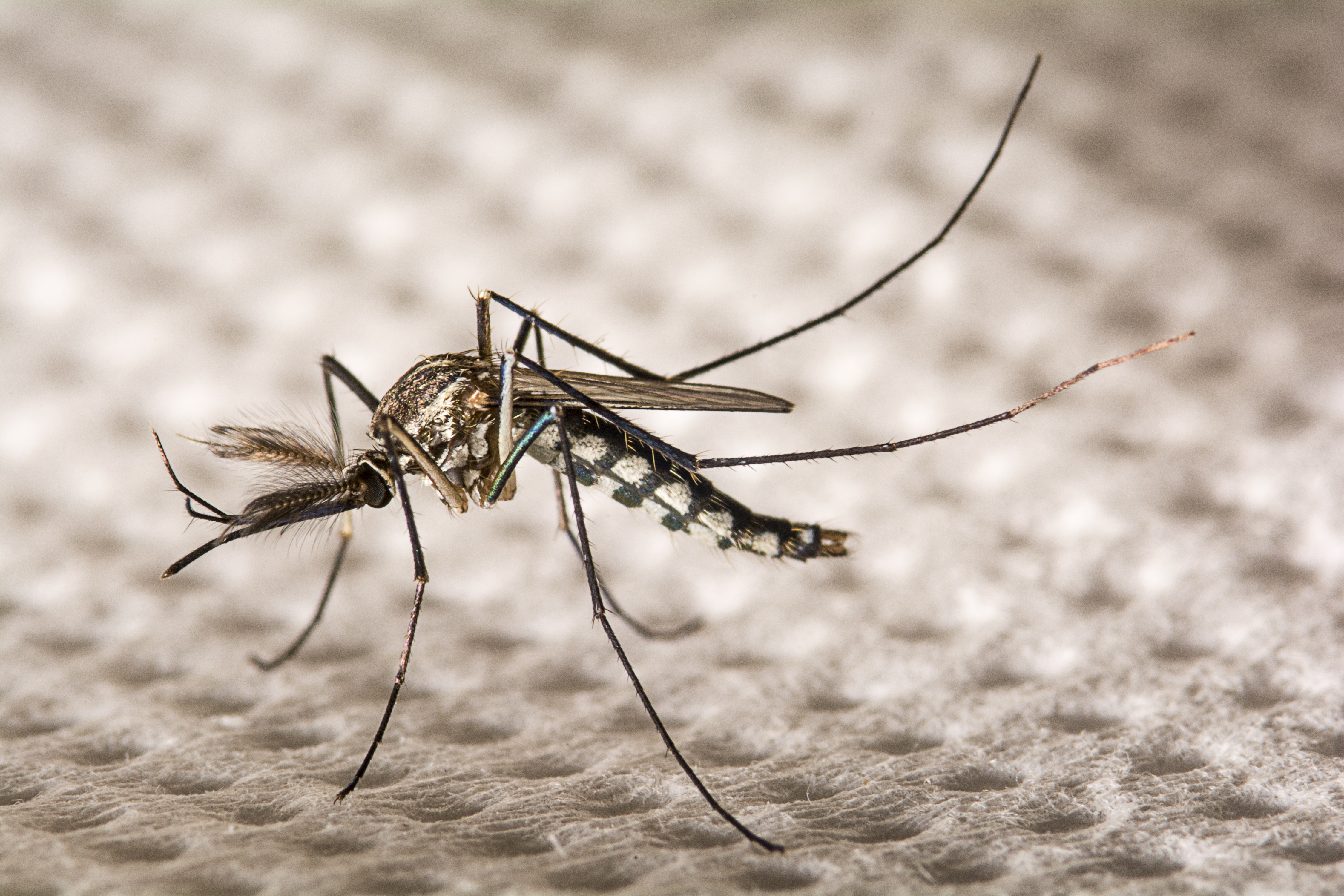Scientists Can't Agree on Whether Genetically Modified-Mosquito Experiment Went Horribly Wrong
Biotech company released millions of genetically modified mosquitoes into Jacobina in Brazil.

From 2013 to 2015, an English biotech company released millions of genetically modified mosquitoes into neighborhoods in Jacobina, Brazil, in an effort to reduce the number of native disease-carrying mosquitoes. But unexpectedly, some of the gene-edited mosquitoes passed on their genes to the native insects, fueling concerns that they created a more robust hybrid species, according to new findings.
Considered the world's deadliest animal, mosquitoes spread a plethora of diseases, including Zika virus, dengue fever, yellow fever and West Nile virus.
To try to rid the world of some of these disease transmitters, a biotech company called Oxitec released around 450,000 genetically modified male Aedes aegypti mosquitoes into Jacobina each week for 27 months. These mosquitoes were altered such that they carried a "lethal gene."
Related: 10 Amazing Things Scientists Just Did with CRISPR
Once released, these ticking bombs were supposed to flit along and mate with females (the sex that bites humans) and then die, but not before they passed their lethal genes to similarly doomed offspring. In the lab, scientists had found that about 3% of the females that mated with the genetically modified males would produce offspring. But even the small number of offspring that survived were weak and unable to produce offspring of their own.
But now, a group of researchers not involved with Oxitec is raising questions as to whether this method went as planned. This method has successfully reduced native mosquito populations in Brazil by up to 85%, the researchers wrote.
They took genetic samples of the native population of mosquitoes in Brazil six, 12 and 27 to 30 months after the company released the genetically modified mosquitoes.
Sign up for the Live Science daily newsletter now
Get the world’s most fascinating discoveries delivered straight to your inbox.
They found that some of the genes from the genetically modified mosquitoes had transferred to the native population. In other words, some of the offspring had survived and were strong enough to reproduce. This new population is a hybrid of Brazilian mosquitoes and the genetically modified mosquitoes that were created from strains in Cuba and Mexico, according to the study, which was published Sept. 10 in the journal Scientific Reports.
"The claim was that genes from the release strain would not get into the general population because offspring would die," senior author Jeffrey Powell, a professor of ecology and evolutionary biology at Yale University, said in a statement. "That obviously was not what happened."
However, there is no known health risk to humans that might come from these hybrids, he said. "But it is the unanticipated outcome that is concerning," Powell added.
In fact, the genes that were passed on weren't the tweaked genes that were designed to kill and tag the mosquitoes but rather genes from the strains in Cuba and Mexico, according to Science magazine. The researchers also noted that this mixing of genes might have led to a "more robust population," perhaps one that would be better able to resist insecticides or transmit diseases, Science magazine reported.
That suggestion has prompted a backlash from the company. "We're not surprised by the results, but what we are surprised by are the speculations that the authors have made," Nathan Rose, head of scientific and regulatory affairs at Oxitec, told Science magazine.
The company has requested that the journal review these "misleading and speculative statements"; indeed, the paper now includes an editor's note saying the journal is considering the criticisms.
- Code of Life: Photos of DNA Structures
- The Top 10 Worst Hereditary Conditions
- Photos: 15 Insects and Spiders That May Share Your Home
Originally published on Live Science.

Yasemin is a staff writer at Live Science, covering health, neuroscience and biology. Her work has appeared in Scientific American, Science and the San Jose Mercury News. She has a bachelor's degree in biomedical engineering from the University of Connecticut and a graduate certificate in science communication from the University of California, Santa Cruz.










